SUMMARY
This is AI generated summarization, which may have errors. For context, always refer to the full article.
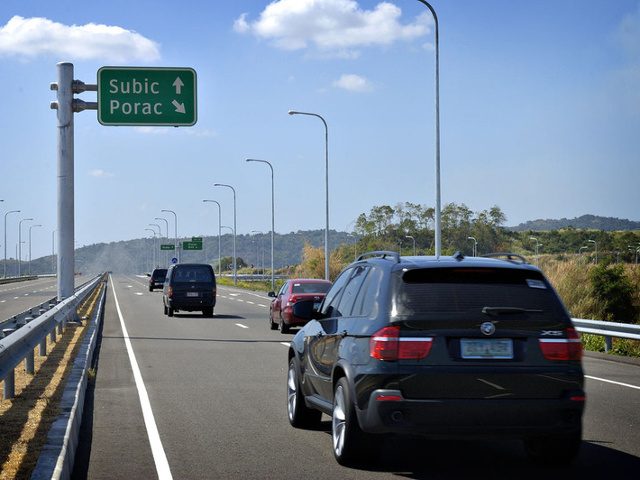
MANILA, Philippines – The Subic-Clark-Tarlac Expressway (SCTEX) will raise toll rates starting October 17, after obtaining approval from the Toll Regulatory Board (TRB).
The toll hike will add P0.64 per kilometer to the current rates. Here is the new toll rate matrix.
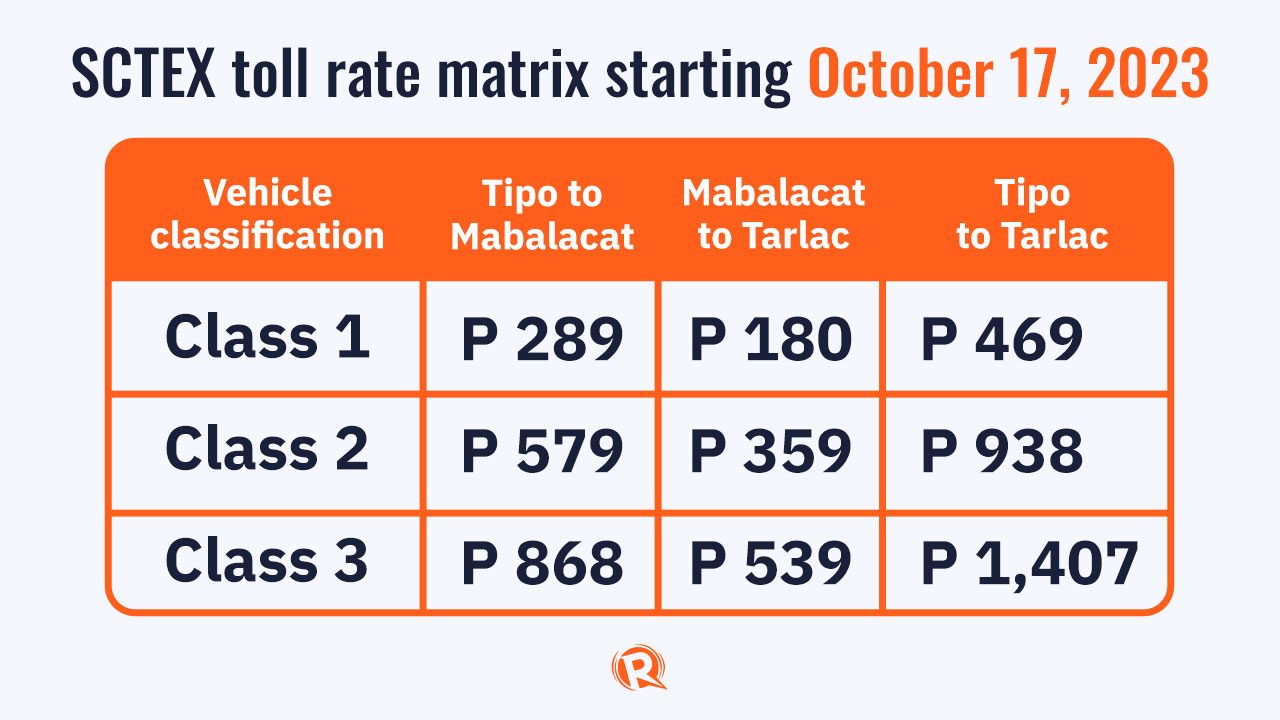
For motorists traveling between Mabalacat City to Tarlac, they will be charged an additional P25 for class 1 vehicles, P50 for class 2 vehicles, and P75 for class 3 vehicles. Those traveling between Mabalacat and Tipo, Hermosa, Bataan will need to pay P65 more for class 1 vehicles, P131 for class 2 vehicles, and P196 for class 3 vehicles.
When traveling SCTEX end to end, between Tipo, Hermosa, Bataan (near Subic Freeport) to Tarlac, motorists will pay an additional P65 for class 1 vehicles, P131 for class 2 vehicles, and P196 for class 3 vehicles.
The current hike is only the first of three tranches to be implemented over a period of three years. The new rates were approved in August 2023 but only implemented in October due to concerns about the impact on inflation.
The higher rates are expected to allow NLEX corporation, which owns SCTEX, to operate and maintain the SCTEX “in accordance with the required level of service and standards,” the TRB said in its press release. – Rappler.com
Add a comment
How does this make you feel?
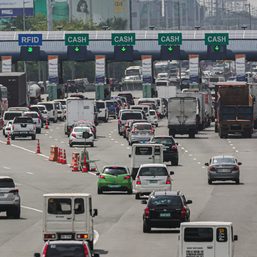
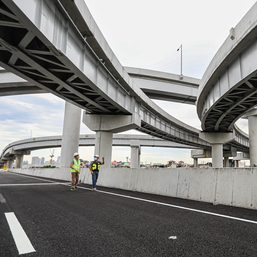
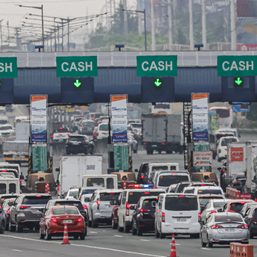
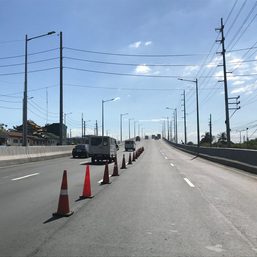
There are no comments yet. Add your comment to start the conversation.